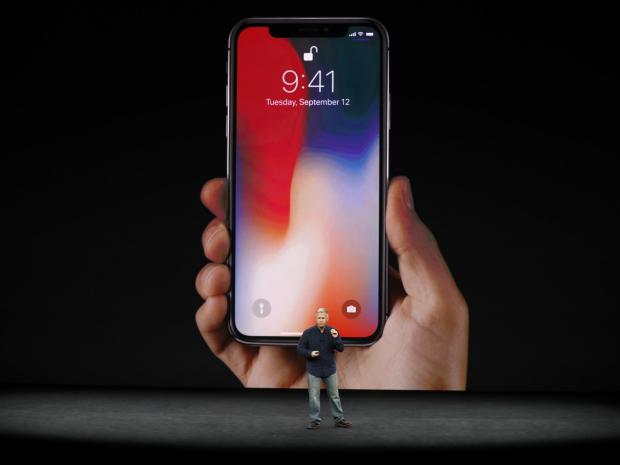Famed KGI Securities analyst Ming-Chi Kuo said in his latest report that shipping estimates of the iPhone X have improved to 1-2 weeks in large part because of better-than-expected enhancements in the supply chain, rather than weak demand, reported MacRumors. The worldwide demand for the iPhone X remains strong.
 |
|
(Image: Apple) |
Kuo stated the chain fell short of the supply target when the iPhone X was first put into mass production, with only a daily capacity of 50-150 thousand units. Now Foxconn’s capacity has risen to 450-550 thousand units per day.
Other companies in the chain are improving their capacities as well. In particular, LTE antenna makers doubled their supply. The yield of 3D sensing modules containing LG and Sharp’s components also improved to 80-90%.
Kuo projects the iPhone X supply originally scheduled to ship out in 1Q18 would be complete ahead by the end of 2017, considering stable and sustained production in the supply chain.
Out since November 3, the iPhone X has already been sold to 70 countries.
The iPhone X also makes 3D sensing a hot-button technology. Other smartphone manufacturers also follow suit to make their product 3D sensing-enabled. British VCSEL product developer IQE has recently announced to pour an investment of GBP 95 million (USD 126.7 million) into purchase of new MOCVD machines to ramp up its VCSEL production.
The industry anticipates a boom in VCSEL demand as Android phone will soon be sporting 3D facial recognition.
Taiwan-based LED giant Epistar plans to purchase 7-15 new 6-inch MOCVD machines to expand its capacity, while Visual Photonics Epitaxy (VPEC) is also testing its VCSEL chips for 3D sensing. VPEC can be the world’s second company to mass produce 6-inch VCSEL wafers once its sample passes the verification test.












